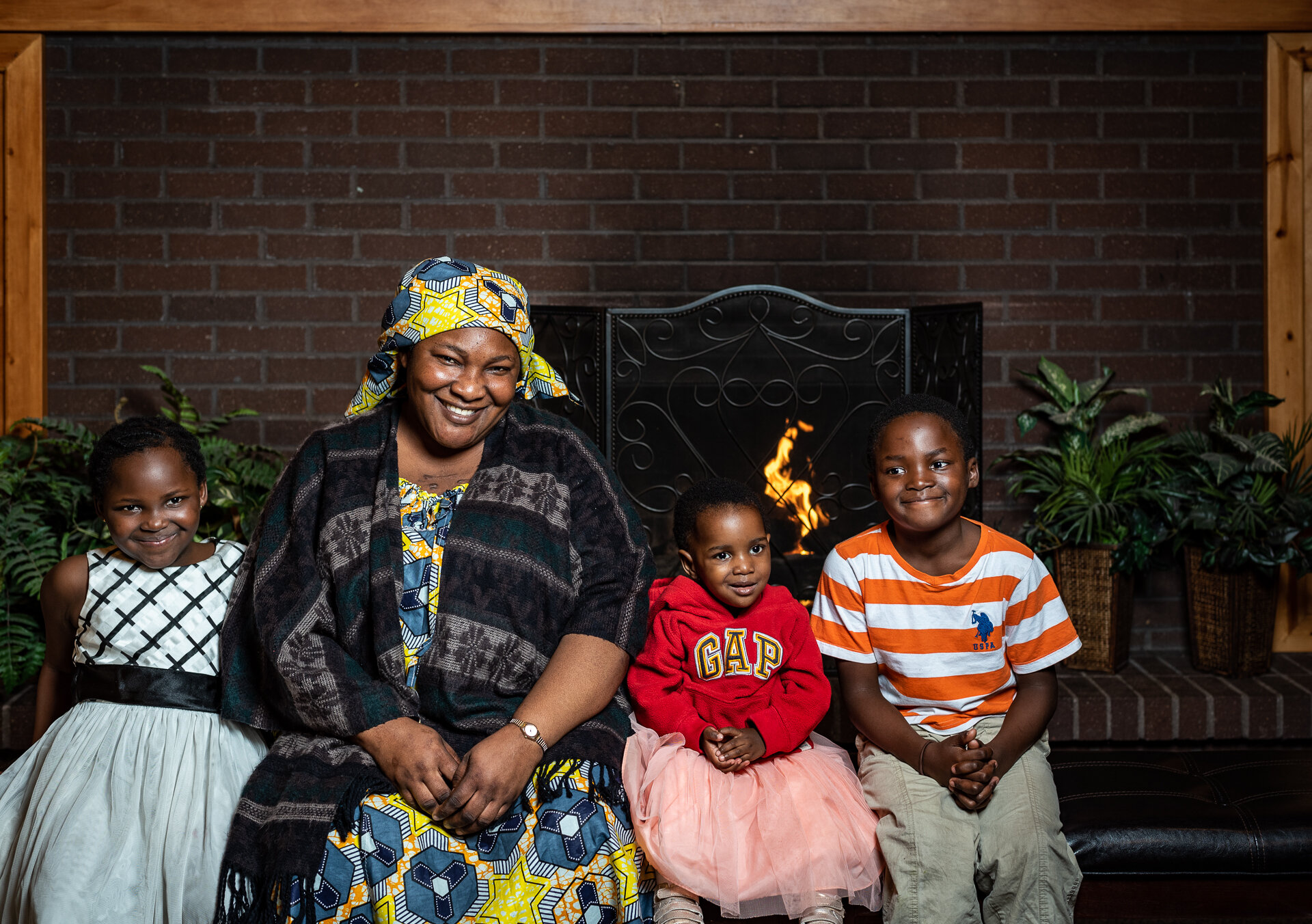Offering an Alternative Narrative
“For all practical purposes, it looks like a classic church potluck dinner at Cole Community Church. Great big pans of food send out scintillating aromas on long tables; a warm buzz of conversation and laughter greets guests as they arrive.
This, however, is not your average church dinner. This is a Peace Feast.
Half of the guest list is Muslim and the other half is Christian, and the purpose of their gathering is to talk about their faith — the deep, abiding, grounded sense of faith — that shapes their lives. Not to convert, not to argue, not to convince — but to share. To talk — and to listen.”
This is the beginning of an article in the Idaho Statesman about our work in Boise, where Nick and Laura Armstrong are pioneering incredible work with Muslims and refugees. Nick shares about why this is so important:
We are naturally drawn to conflict narratives. No one wants to read about a protest that ends peacefully or the plane that lands safely. Unfortunately, this disposition to conflict narratives shapes and skews our perspective about “the other.” Fed by a steady diet of single-story (one-sided) conflict narratives, many American Christians have come to the conclusion that all Muslims are at odds with one another and support terrorism, and many Muslims have come to view Christians as war-mongers who are materialistic and immoral. These are stereotypes that are, on a whole, extreme exaggerations that can lead to misunderstanding, fear, distrust, and hatred.
I lived in Indonesia for 23 years, and many of my Muslim friends had their view of Christians shaped by the mass media. Since the demographic data of 20th century America showed that 90% of the population was “Christian,” whatever came out of Hollywood and Washington DC was considered Christian to them. Gangsters with both guns and crosses – Christian. Sexuality immorality – Christian. KKK lynchings – Christian. And I returned from Indonesia to find that my Christian friends also had their view of Muslims shaped by the very same thing - mass media - which is dominated by stories of extremist acts of violence.
The single-story conflict narrative misses the literally thousands of initiatives taken by Muslims and Christians to work for peace, help those in need, and serve their communities together. How many have heard the story of Nasser Nader? Nasser is a Syrian refugee in Calgary, Canada who rallied other Syrian refugees to provide shelter and collect goods and money to help those who were forced to evacuate their homes from the fire in Fort McMurray. How many have heard of the Marrakesh Declaration, A Common Word, The Amman Message (by King Abdullah from Jordan), the gathering last month of 300 Muslim leaders from about 30 countries gathered in Indonesia to denounce extremism? There are thousands of other peacemaking initiatives by Muslims and Christians out there that go unnoticed, including the tremendous and creative efforts by my colleagues from Peace Catalyst, such as Peace-Feasts and Listening Communities.
When trying to understand the perceived “other,” it’s important to be cautious about single-story narratives (i.e. “just watch a 4-minute video on YouTube to know the truth”) and information from mass media and to instead get to know real people in real relationship. That’s why we do what we do.



photos by Katherine Jones










